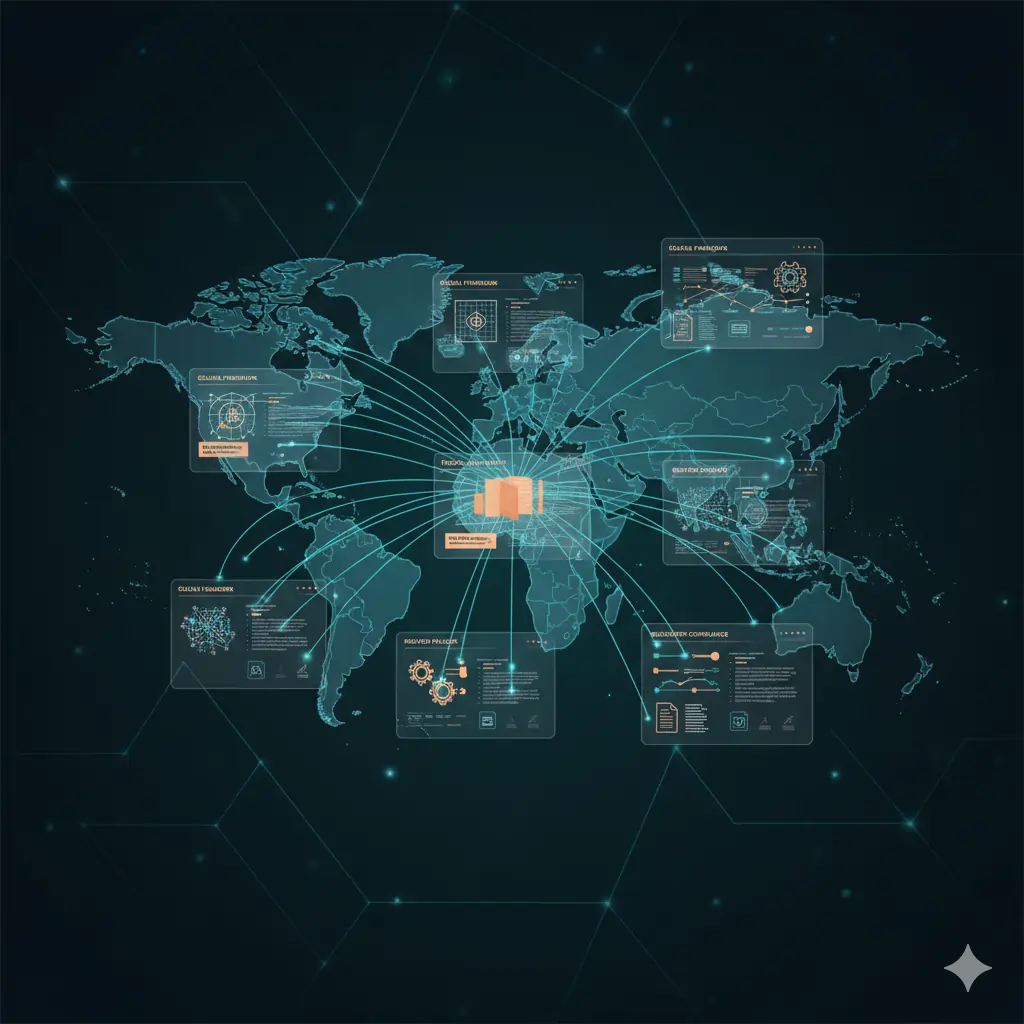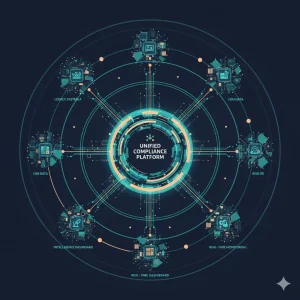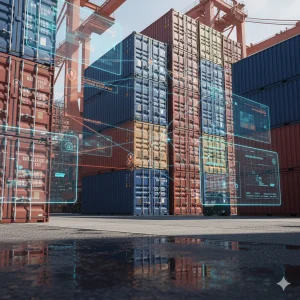Managing compliance in one jurisdiction is tough. Managing it across three? That’s where the real complexity begins.
Each regulator speaks a different language, sometimes literally, but often in how they expect financial institutions to interpret and implement AML, KYC, data handling, and reporting requirements. And if your compliance logic isn’t centralized, you’re not scaling operations; you’re duplicating them.
So, how do you stay aligned with multiple regulatory regimes without having to rebuild your workflows in three different directions?
This post breaks down how centralizing compliance logic can help you stay lean, reduce duplication, and adapt faster, without risking regional misalignment.
The Multi-Jurisdictional Compliance Headache
When your company operates in more than one country, say the US, UK, and EU, you are immediately managing three different sets of regulatory obligations.
Examples include:
- KYC scope and documentation (US CIP vs UK KYC vs EU 6AMLD requirements)
- Sanctions screening lists (OFAC, HMT, and EU consolidated lists)
- Suspicious activity reporting (SAR) thresholds and formats
- Privacy and data handling standards (e.g, GDPR vs US state-level laws)
- Regulatory audit expectations and documentation standards
If your systems, teams, and logic aren’t connected, you’re likely to face:
- Redundant data entry and alert review
- Collecting rule logic across tools
- Delayed responses to changing regulatory updates
- Siloed case management by region
- Increased headcount to support manual reconciliation
In short, regulatory fragmentation leads to operational fragmentation, which is both costly and risky.
What it Means to Centralize Compliance Logic
Centralizing compliance logic doesn’t mean forcing one-size-fits-all policies across every region. Instead, it means building a single, flexible compliance engine that adapts intelligently to the regulatory requirements of each jurisdiction you operate in.
Rather than deploying separate operating systems or duplicating efforts, centralized compliance logic allows your team to define core risk parameters, workflows, and escalation paths once and apply region-specific nuances dynamically.
Think of it as building a modular compliance architecture. The foundation remains consistent, while localized layers adjust based on geography, customer type, or product risk
This structure allows organizations to move faster, scale more efficiently, and ensure consistency in both controls and outcomes, without having to manage a patchwork of disconnected rules.
What This Looks Like in Practice
Imagine you’re onboarding customers and processing transactions across the US, UK & EU. Instead of creating three entirely separate onboarding flows or monitoring rulebooks, a centralized system enables you to:
- Use a single screening module that automatically applies OFAC, HMT, or RU sanctions lists based on customer location or business activity
- Configure a decision engine that adapts risk scoring, documentation thresholds, and escalation logic based on regulatory standards
- Maintain a shared transaction monitoring engine that applies tailored controls per jurisdiction, without fragmenting your analytics.
- Run centralized case management, with jurisdiction-specific access controls and audit histories that meet local oversight standards
- Generate regulator-ready documentation, localized for each region but drawn from a unified data model, reducing compliance lag and complexity
This approach ensures optimal consistency while preserving regulatory nuance, so you stay agile without compromising accuracy.
How Does IDYC360 Make This Possible
At IDYC360, our platform is designed from the ground up to handle complex, cross-border compliance at scale without layering on complexity for your team.
Here’s how we help multi-regulated institutions stay in control.
- Unified compliance infrastructure that covers onboarding, screening, monitoring, and reporting across all regions
- Jurisdiction-aware logic configuration, allowing you to toggle specific rules, thresholds, and workflows for each country or regulatory framework
- Real-time sanctions and watchlists screening, including OFAC, HMT, EU, and over 1,300 global sources
- Granular audit logs for every action, alert, override, and reviewer, sortable by entity, region, or regulation
- Flexible APIs that let your developers embed jurisdiction-specific compliance directly into customer workflows, without reengineering your stack
Whether you’re launching in a new market, preparing for licensing, or consolidating operations across borders, IDYC360 offers a clear, scalable compliance foundation, without the overhead of running parallel systems.
Final Thoughts
In a multi-regulated world, duplication is the enemy of efficiency. Teams that build region-specific compliance stacks will hit a wall; operationally, financially, and reputationally.
Centralized compliance logic gives you a single, flexible foundation, so you can move faster, adapt quickly, and maintain control as you scale globally.
Because growth shouldn’t require starting over every time you enter a new market.
Ready to Stay
Compliant—Without Slowing Down?
Move at crypto speed without losing sight of your regulatory obligations.
With IDYC360, you can scale securely, onboard instantly, and monitor risk in real time—without the friction.











